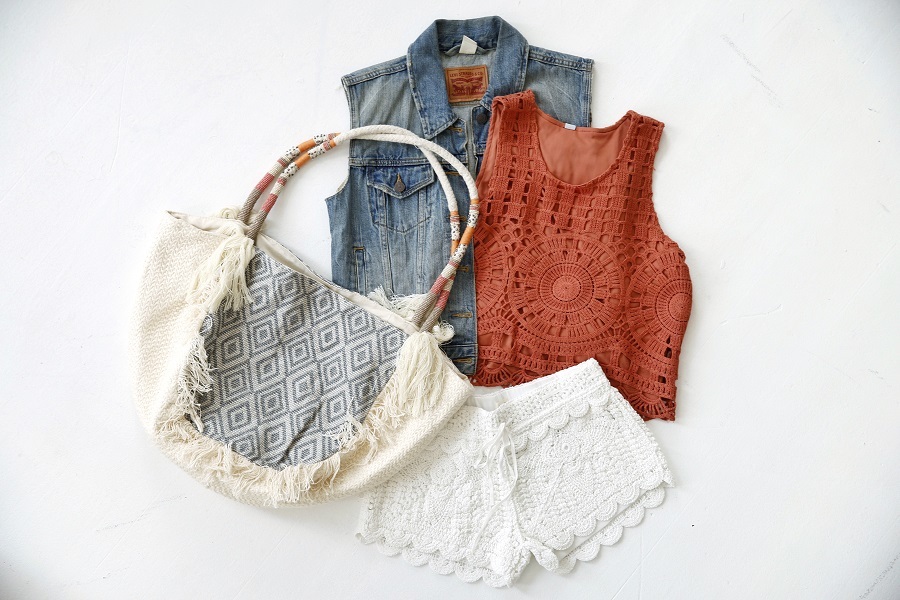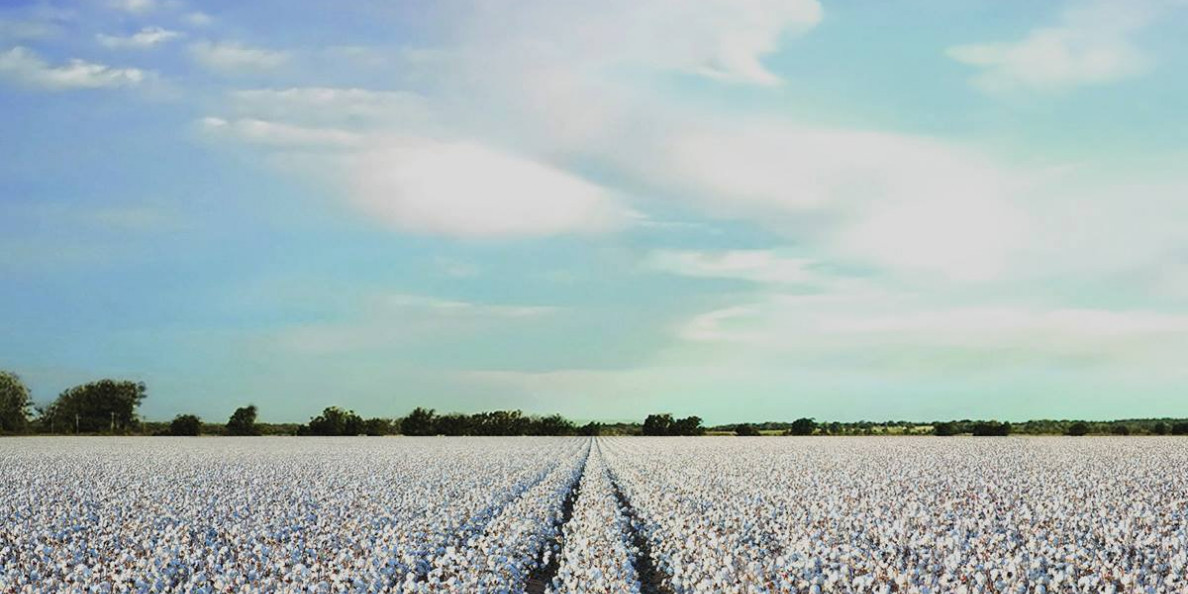Fast fashion: we all know the term. Fast fashion makes sure our closets are always well stocked with the latest and greatest trends. Most of us expect to see new clothes in our favorite stores about once a month, and we’re appropriately disappointed when we can’t indulge our shopping urge. Fast fashion has transformed the way we shop, what we buy, and how long we keep our clothes. But it’s hardly sustainable, is it?
When it comes to fast fashion, ingredients matter. Did you know that there are currently 21.3 million tons of polyester fabric in stores? That’s not to mention what we’ve bought already, and all the polyester still to be made. Polyester, and other popular synthetics like rayon, is cheap to make, but it doesn’t biodegrade like cotton does, meaning a nightmare for landfills—and for our environment.
In fact, there’s a ton of research that states that synthetic fibers cause a lot of environmental headaches. Polyester is a plastic, and washing it causes tiny particles of plastic to enter our waterways. This microplastic pollution is becoming a huge problem for marine life. Rayon takes a lot of chemicals to process, and its manufacture contributes to the widespread deforestation problem around the globe.
So what’s a fashionista to do? Certainly, the answer isn’t to stop shopping. But cotton may have your answer.
Cotton & The Environment

So what makes cotton better? It all starts at the root—literally. Unlike man-made, chemically-processed fibers like rayon and polyester, cotton is natural, grown from the earth and free of synthetic processing. But is it sustainable? You’ll be happy to hear that cotton growing has made huge strides toward a sustainable future in the past few decades, and it’s only improving.
Growing any kind of crop takes the basics: land and water, but cotton growing doesn’t need too much of either! In fact, U.S. cotton farmers now grow almost double the amount of cotton than they did on the same amount of land 30 years ago. As for water, did you know that most of U.S. cotton is grown using only rainfall? In fact, only 3% of the world’s agricultural water is used to grow cotton.
While modern farming techniques have improved the farming process, the cotton industry has discovered ways to use more than just the fiber. Now, the entire cotton plant can be used, not just the fluffy boll. Cottonseed becomes a high-quality cow feed, or is pressed into oil for cooking, cosmetics, and soap. Even the cotton “burr,” the seeds, leaves, stems, and hulls of the plant, is used for mulch, and can also be made into biodegradable packaging.
With these and more innovations, cotton is constantly making strides toward a sustainable fashion future, especially since fast fashion has become our way of life. The answer isn’t to stop shopping: it’s to start shopping right.
How To Shop Better Fast Fashion

Here at Cotton, we celebrate sustainability as well as our love for cotton. Here are a few ways to help us toward a sustainable fashion future:
1. Check the fiber content label on the clothes you buy—it’s usually sewn on the inside seam of clothes. Apparel should have about 60% cotton, jeans should have 90% or more, and sheets and towels should be 100% cotton. Cutting down on synthetic fabrics makes it easier to ensure our landfills, and our oceans, don’t overflow with plastic. Fortunately, cotton clothing is comfortable and versatile—it’s even the best fabric to work out in.
2. Recycle your jeans through programs such as our Blue Jeans Go Green™ program, which collects denim to be upcycled into housing insulation, in partnership with programs like Habitat for Humanity.
To learn more, follow along on Twitter and Instagram, where we share even more facts about the future of sustainable cotton production. Fast fashion shouldn’t be guilty—shop easy with cotton.


